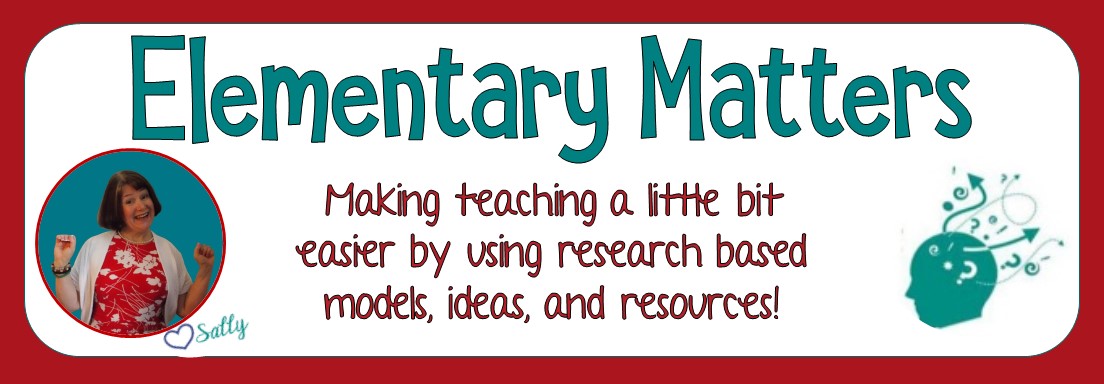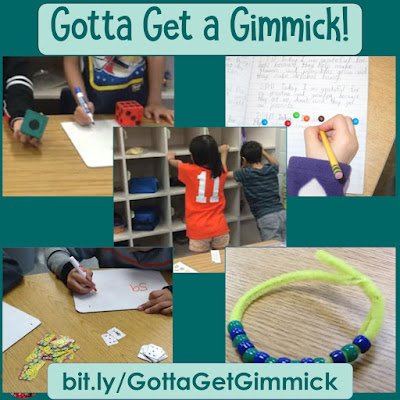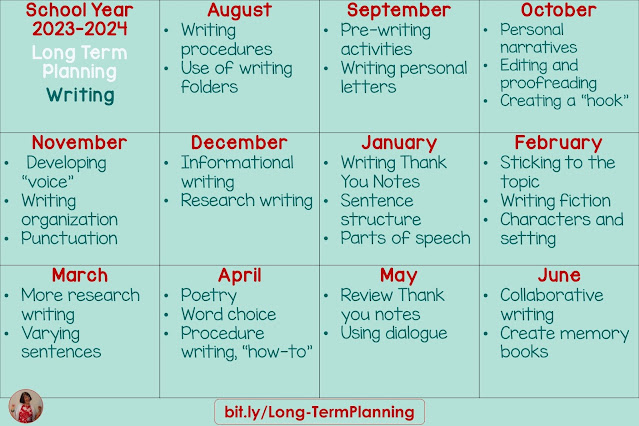Seriously, sunflowers?
Well, what makes learning fun in your classroom?
It's usually something the kiddos are excited about, isn't it?
Well, it's sunflower time right now, and that's what I'm using to keep the enthusiasm going for learning!
Here in New England, it's harvest time! That means everywhere you look, there are pumpkins, scarecrows, cornstalks, apples, and yes, sunflowers! The biggest country fairs of the year are among us! Since they're excited by their surroundings, let's work with it! After all, you've got to have a gimmick, don't you?
(Flashback to a post I did ages ago, called Gotta Get a Gimmick.)
Well, my gimmick for this week will be sunflowers, since that's what they're excited about!
Seriously, sunflowers are just the "vessel," but there's some real learning that's going to happen!
This is one of my most popular math games! It's an important skill, (mental math with tens and hundreds) it's easy to differentiate, and it's so much fun, they'll want to play it repeatedly!
Then, of course, there's a fun mini-booklet to read! Although I'm sure you have several books about sunflowers in your classroom, don't they just love to have a book they can hold in their own hands! Plus, these printable mini-booklets are perfect to use in reading groups, since the students can write in them! ("Underline the short a words in yellow." or "How many times can you find the word seeds on page 1?")
src="https://blogger.googleusercontent.com/img/b/R29vZ2xl/AVvXsEiyPABTCAMgKSTUcWieiAJTbL7fSgHANHBHsqC1RshrxWZiXYLzF7Y3XiaS76jA9RVIYvn_j3S_PQnxvQso8FyXUXnS1_6q8i3yH8jKYc6Qj3_3WAAHz3uZiMjBnnRF5r957CLZMnUMGnoAe8Lp8pnhULqpqLEHjwGZGMOjksr5YEoj2Er3x_ywHxoOIvw2/w640-h360/Slide6.JPG" title="Explore this image for a link to this fun digital resource!" width="640" />
These boom learning cards are a perfect accompaniment to the hands-on booklets! Almost all the questions come from the booklets! Plus, the more they play, the more they'll remember!
Oh, and did I mention there's a bundle?
I always put a huge discount on my bundles! Enjoy!
I also have other seasonal life cycles!
You can find the autumn bundle HERE. Oh, yes, and there are books! Here are a couple of my favorites!
Here's a fun one for your budding artists:
Not specifically sunflowers, but I'm a huge fan of Gail Gibbons!
Some other ideas for celebrating sunflowers:
- Roast some sunflower seeds!
- Plant some sunflower seeds outside your school! (Yes, this needs to be done in the spring, but last year's students are still watching the ones they planted, and this year's students will want to continue this tradition in the spring!
- Google some other recipes that use sunflower seeds. (There are plenty!)
- Make a craft with sunflower seeds. (Again, google!)
- Write a story (fiction or non-fiction) about sunflowers!
- Estimate a sunflower's seeds. Or just a jar of sunflower seeds.
- Measure the heads of the sunflowers in your sunflower garden and graph them.
- I'll bet you can think of plenty more ways to enjoy sunflowers!

















































